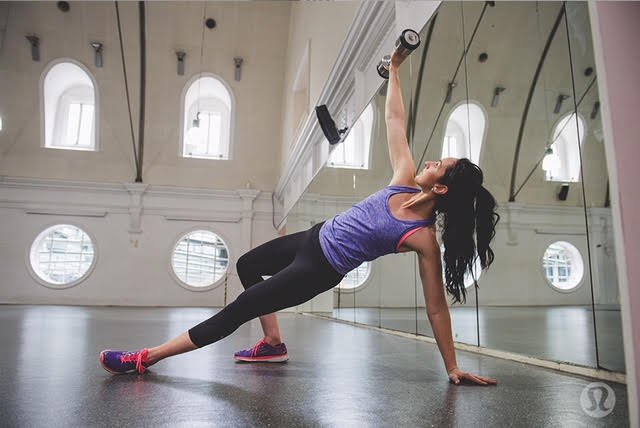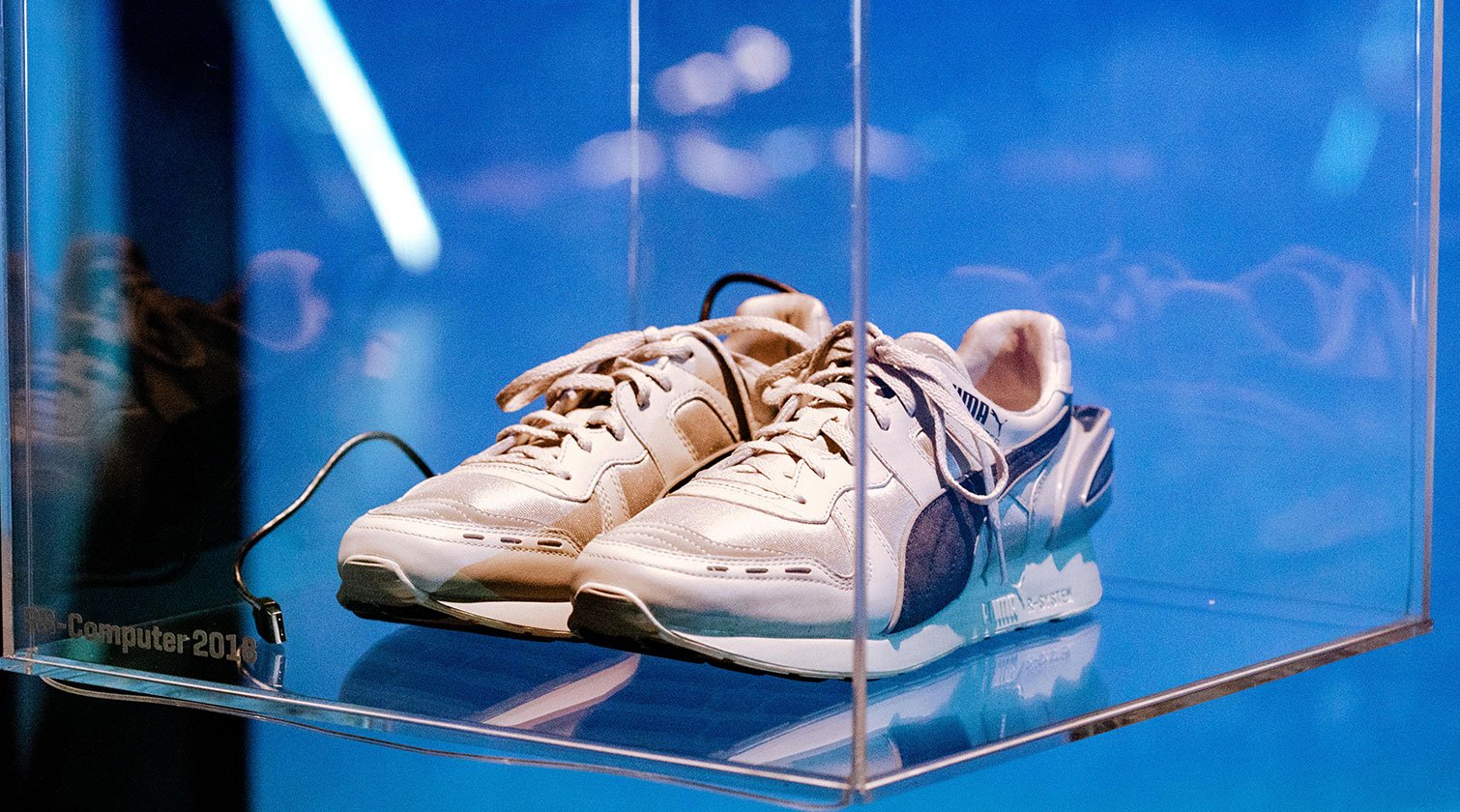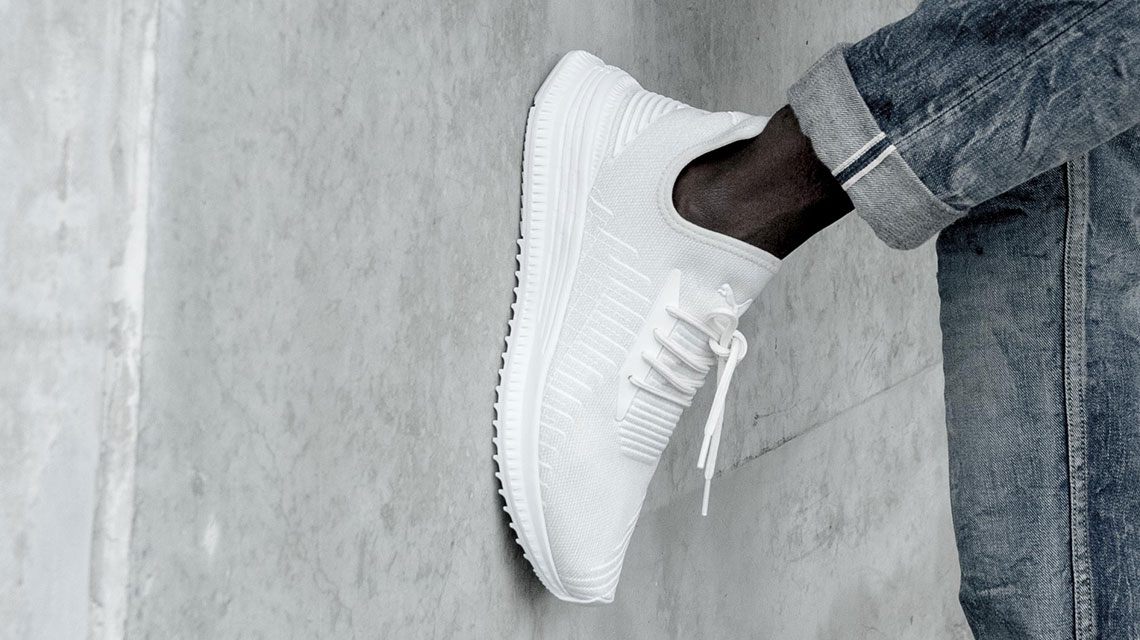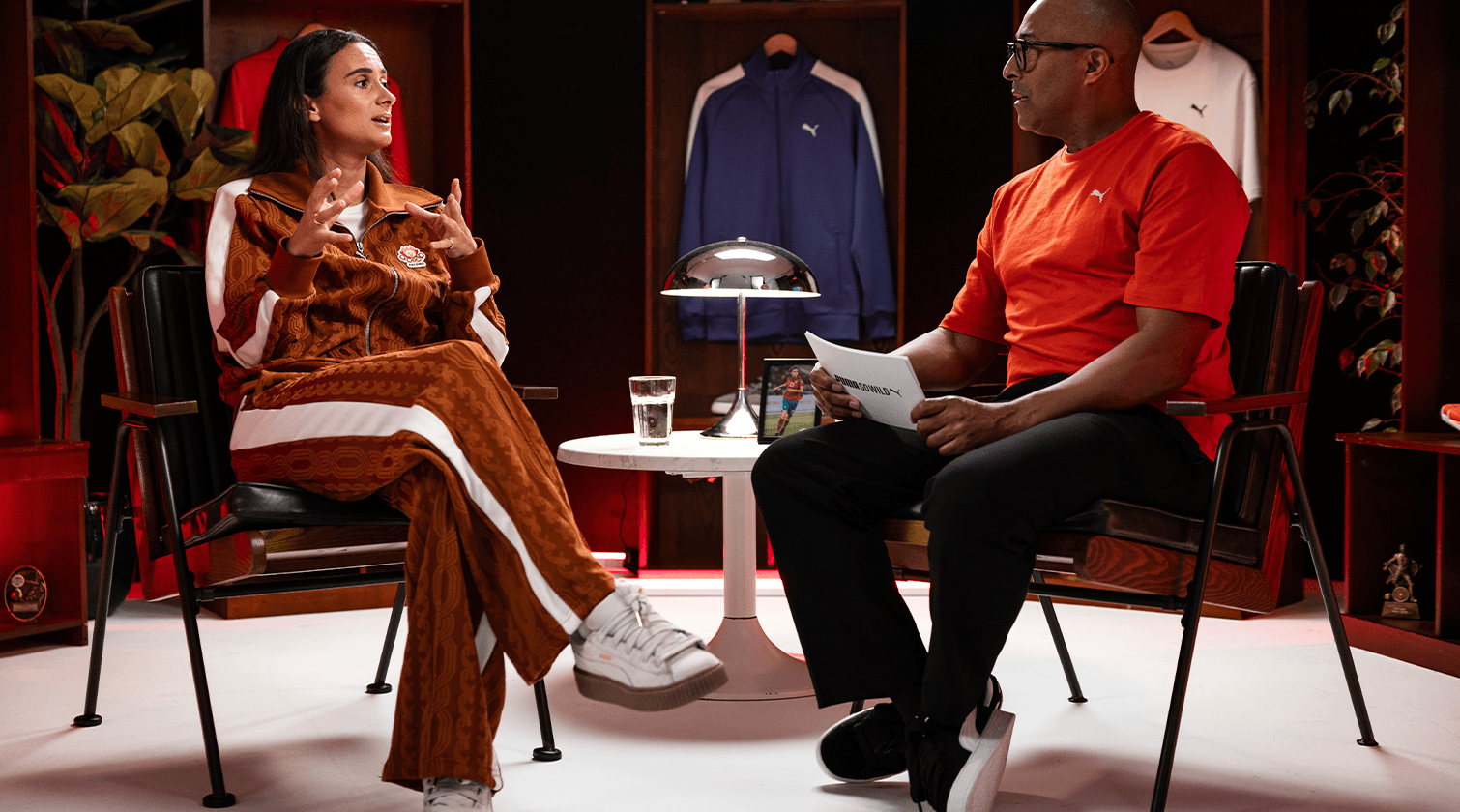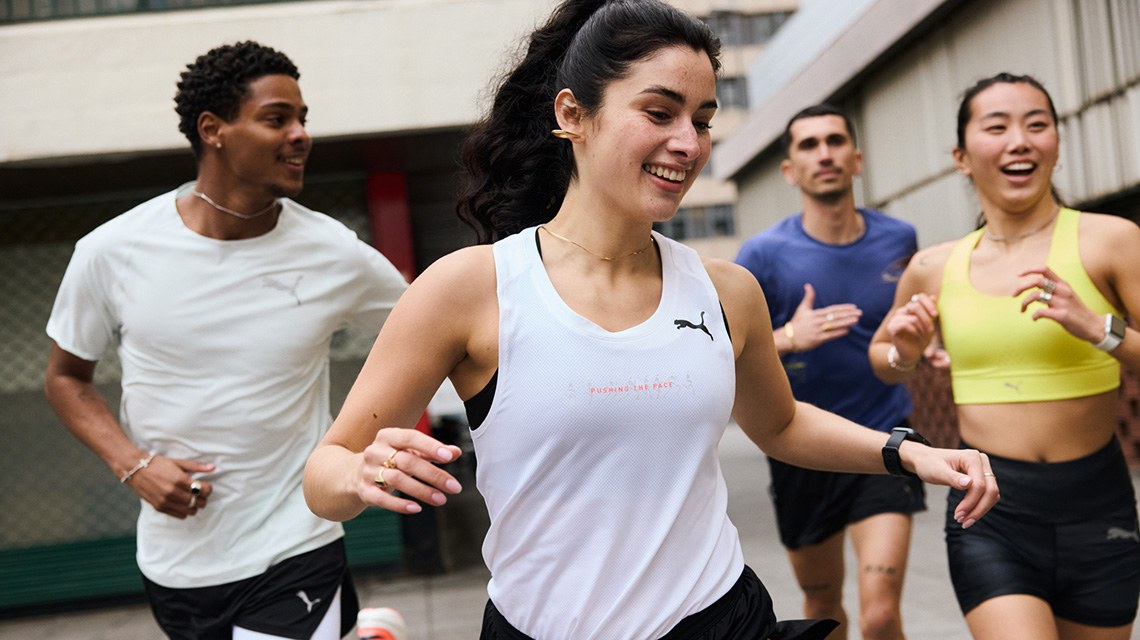
For many, running is more than exercise – it’s freedom, clarity, and the thrill of chasing a personal best. As one of the world’s most popular sports, running delivers big on both physical and mental health. Whether you’re training for a race or enjoying your morning jog, running builds endurance, strengthens your heart, and clears your mind. But here’s the catch: without proper prevention, injury risk rises.
The upside? Most running injuries are preventable – and recoverable – with the right approach. So how do we stay strong, run smart, and avoid setbacks? Let’s break it down.
Common Running Injuries – and Why They Happen
Shin Splints:These painful inflammations along the shinbone often result from overuse, especially on hard surfaces or when suddenly increasing training intensity. The problem frequently occurs in runners with overpronation (excessive inward rolling of the foot). You’ll feel a dull ache along the shinbone, often from doing too much, too soon – or pounding pavement with worn-out shoes.
Runner’s Knee (Patellofemoral Pain Syndrome):
Pain around the kneecap is a classic symptom of this overuse injury. Causes can include muscle imbalances, incorrect running technique, or unsuitable footwear. Commonly caused by overuse, weak quadriceps, or poor alignment. You’ll feel pain or discomfort under or around the kneecap.
Plantar Fasciitis:
The stabbing pain under the heel, especially with the first steps in the morning, indicates inflammation of the plantar fascia. Tight calf muscles, insufficient foot stability, or inadequate cushioning in shoes can be triggers. Sharp heel pain, especially in the morning, most often caused by tight calves, poor foot mechanics, or improper footwear.
Achilles Tendinitis:
The largest tendon in the body is particularly susceptible to overuse in runners. Typical causes: increasing training volume too quickly, insufficient stretching, or unsuitable footwear. The Achilles tendon gets inflamed when it’s overloaded – often from sudden jumps in training volume or tight calf muscles.
Iliotibial Band Syndrome (ITBS):
The pulling pain on the outside of the knee is caused by friction of the iliotibial band against the thigh bone. Common causes include hip muscle weakness, overpronation, or monotonous running routes. Pain on the outer knee, typically from weak hips, bad form, or repetitive downhill running.
They all sound intimidating – but the good news? Most of these are preventable.
The Superpower of Prevention
Warm up / cool downStart slow with dynamic warm-ups like leg swings, glute activation exercises, walking lunges, and high knees to prime your muscles. A thorough warm-up routine prepares your body optimally for exertion. Start with 5-10 minutes of light jogging and dynamic stretching exercises like leg swings or lunges. After running, you should relax your muscles and promote recovery with static stretching exercises.
And after the run, don’t just stop. Cool down with a few minutes of slow jogging.
Strength training and mobility
As a runner you need strong glutes, a stable core, and mobile hips. Add squats, lunges, deadlifts, and banded exercises to your weekly mix.
Many running injuries stem from muscular imbalances. With targeted strength training—especially for the core, hips, and legs—you can prevent these. Particularly effective: single-leg squats, planks, and hip abductor exercises. Complement your training with mobility exercises for ankles, hips, and spine.
Strength training and mobility will not only reduce injury risk but also improve your form, speed and running efficiency.
Build volume gradually
Follow the 10% rule. Don’t increase your weekly volume by more than 10% to avoid overtraining. One of the golden rules for injury prevention: never increase the volume and intensity of your training too quickly. The 10% rule offers a good guideline—increase your weekly mileage by a maximum of 10%. Also plan regular recovery weeks with reduced volume.
Your body needs time to adapt and consistency is key as you ramp up the mileage.
Choose the right shoes
Your shoes matter. Wearing the right running shoe for your gait, foot type, and terrain can make or break your run. A suitable running shoe is crucial for injury-free running. Depending on your running style, foot shape, and individual needs, you require different support.
The current PUMA Running collection offers the optimal shoe for every type of runner:
Deviate NITRO Elite 3:Made for race day, this ultra-light shoe features an upgraded carbon plate and nitrogen-injected NITROFOAM™ Elite midsole for max propulsion with less strain. Ideal for serious runners chasing speed without compromising joint protection.
Velocity NITRO 4:
A go-to for daily miles, it offers balanced cushioning, a softer full-length NITROFOAM™ midsole, improved breathability, and a durable PUMAGRIP outsole — all contributing to smoother, safer strides.
ForeverRUN NITRO 2:
Designed for runners who need extra support, this stability shoe features a dual-density midsole and wider base for better guidance and reduced injury risk, especially on longer runs.
The PUMA NITRO foam technology in all models offers excellent energy return while maintaining low weight, perfect for pain-free running over long distances.
Focus on form
Keep your posture tall, arms relaxed, and cadence steady. Good form reduces the impact on your joints and helps prevent overuse injuries. An efficient running technique reduces unnecessary strain. Pay attention to an upright posture, a midfoot strike, and a cadence of about 170-180 steps per minute. Have your running technique analyzed by an expert if needed.
Recovery is Where the Magic Happens
Got a little soreness? It’s part of the process. Got pain that lingers? That’s a red flag.R.I.C.E Method
Rest, Ice, Compression and Elevation is your go-to for minor aches and swelling.
For acute injuries, the proven R.I.C.E. method helps:
Cross-Train
Swap in cycling, swimming, or yoga to stay active while giving your running muscles a break. Use your recovery time for alternative training that spares the injured area. Swimming, cycling, or strength training keep you fit without impeding healing.
Foam Roll and Massage
Regular rolling with a foam roller releases adhesions in the connective tissue and improves blood circulation. Especially important for runners: calves, thighs, and iliotibial band. Professional massages can also support the healing process.
Release tight spots and boost circulation to help you return to running sooner.
When to See a Doctor
Not every pain is harmless. Seek medical advice if:
If pain sticks around or worsens, book in with a medical expert or sports physio.
The Final Mile
Injury prevention isn’t about running less – it’s about running smarter. With the right prep, quality shoes, and a bit of body awareness, you can stay strong and injury-free.Listen to your body, recover well, and make this your strongest running season yet.
In collaboration
Hannah Porteous is a personal trainer & wellness coach based in Sydney, Australia. She is the founder of women's community #PARKSWEAT (www.parksweat.com) and Sydney Trail Sisters (@sydney_trail_sisters).
Catch up now speaks more languages
To enable as many users as possible to connect with us and be part of our world, we offer CATch up in English, German, French, and Spanish. Please note that these translations are automated and may contain errors.
